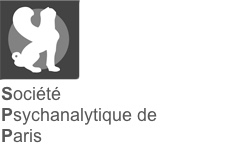|
Résumé :
|
After working as a special education teacher for children labeled ‘severely retarded and ineducable’ at the Armentières asylum (1939–43), and after his participation in La Grande Cordée (The Great Cord) – a chain of alternative ‘open hosting centers’ for juvenile delinquents (1948–62) – Deligny began the Cévennes network (1967–86) where he created an environment amenable to autistic children. The aim of this ‘attempt’ was to take into account all of the consequences of autistic children's estrangement from the universe of language by constructing a living environment based on the positivity of this world-outside-language, rather than in any effort to compensate for alleged deficiencies. The unique nature of this attempt should not prevent us from situating it ‘in the context of his century.’ First, we contextualize this attempt within its historically concrete conditions, meaning in relation to the pedagogical and psychiatric institutions Deligny confronted, as well as, notably, Maud Mannoni's school at Bonneuil. Then, we situate Deligny in relation to Lacanian psychoanalysis, which defined the subject's formation through its access to the symbolic or to language, and for which autism represented the failure of this symbolic structuring. In this article, we take measure of the effects of these demarcations by examining Deligny's complex relationship with Lacan.
|





